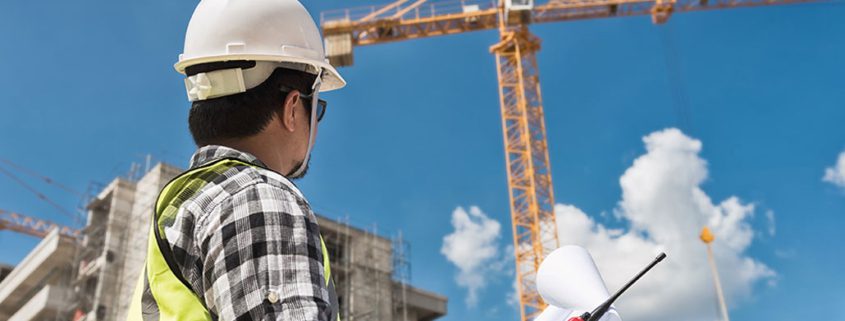Buying Into the Safety Culture
One of the best ways to prevent job site injuries is to get your employees and managers to buy into the safety culture. This can be done when you make it a priority to clearly communicate safety standards on a consistent basis.
In reality, many employees often turn a blind eye to risky behaviour. There is usually a gap between how workers perceive their role in safety and how they feel about others on the job site. For example, in the Safety Culture Survey by Safety Performance Solutions, 74 per cent of respondents said they’d like their peers to point out safety issues, but only 28 per cent thought other people would appreciate feedback.
How to Communicate Safety Standards Internally
Part of the problem is that many employees don’t want to insult older or more experienced coworkers, and don’t feel qualified to give safety feedback. In an effort to make our workplaces safer and to prevent accidents, we’ve compiled advice for building constructive safety environments.
- Praise: It’s important to praise employees who perform their work safely. One-on-one, genuine praise works effectively. This encourages positive behaviour to continue by rewarding safe practices.
- Training: Access to training and educational resources helps employees take responsibility and pride in their own safety practices in a way that simple top-down orders cannot. Regular training programs can help safety practices become an organic part of the culture, while signs and regulations serve as static reminders.
- Post Signs: That said, reminders are a good thing. Written warnings and reminders reinforce good training and provide gentle guidance in the most important safety requirements. People respond more to visual information than written words, so it’s a good idea to include pictures or diagrams of expected behaviours wherever possible.
- Toolbox Talks: Toolbox talks and group meetings are a great way to build a culture that is comfortable to communicate safety standards. The Safety Culture Survey found that 90% of people feel they should point out risky behaviour, but only 60% actually do. Toolbox meetings are a great way to provide safety-related feedback in a personal but indirect manner. This is important since employees are more likely to respond defensively to direct, rather than behavioural, feedback.
- Make it Part of the Job: Safety standards should become part of the employee review process, in terms of both corrective feedback and reward for consistent safe work. By emphasizing standards in performance reviews, you send the message that safety isn’t optional in your work culture.
Protect your Employees
Some employees fear reprisal if they bring up safety issues in the workplace, and don’t want to be seen as complainers. In 1997, the Department of Labor found that workers who brought up complaints were very vulnerable to punishment or reprisal. We can work to change that. Employees working on the job site have the closest and most personal view of safety issues, so it’s important that managers protect and listen to their opinions.
Skipper Kendrick, the manager of Industrial Safety and Hygiene for Bell Helicopter Textron, suggests a “Day of the Pig” on which employees can bring up any health and safety or environmental problems without fear of fault finding, and with a promise of management accountability. Following through on employee complaints reassures them that their input matters.
It is in everyone’s interest to promote the best possible workplace, and employers can make this a reality when they clearly communicate safety standards throughout the company.
photo via www.delynsafety.co.uk



